On the surface, the answer seems pretty straightforward: batteries will get a boost. This rebate gives homeowners a real financial incentive to install home batteries, helping them cut power bills, reduce their reliance on the grid and make better use of their solar investment. And while that might make V2G look a little less appealing by comparison in the short term, it’s not all bad news for EVs.
Let’s take a step back.
Australia is uniquely positioned to adopt battery technology at scale. Around one in three homes already has solar, but much of that energy is being sold back into the grid for mere cents – especially during the day, when supply is high and demand is low. The economics just aren’t great. A home battery changes that. Instead of almost giving away surplus energy, you store it and use it later, usually in the evenings when energy costs are higher. That’s a clear path to bill savings.
At first glance, that seems like bad news for V2G. It’s likely that a number of consumers who were interested in running their homes off their vehicles – especially houses with solar panels – will now instead choose to take advantage of a subsidised home battery, delaying their EV purchase or V2G plans. We expect to see a delay in V2G demand and possibly EV uptake in the niche “energy prosumer” customer segment.
But this isn’t necessarily a setback, just a shift in timing.
The upside is that the rollout of these subsidised batteries is going to create the exact type of environment that the V2G sector needs to thrive in the future. Excitingly, we’ll learn a lot through this public investment. We are going to get a large amount of data on things like how consumers engage with storage, how they respond to energy tariffs and how retailers can build compelling customer propositions around flexible energy use. All of that applies just as much to V2G as it does to static batteries.
In other words: same electrons, different bucket.
V2G will become a key part of Australia’s future energy system, but the technology is still maturing. For example, right now it can cost upwards of $5,000 (USD 3,265) for a V2G charger before installation – and that’s without a subsidy. V2G requires bi-directional inverters and car manufacturers are still rolling out approvals for cars that support the tech. From a government policy perspective, the timing isn’t quite right to subsidise V2G – yet.
As the tech matures, costs come down and more EVs have V2G capability, it will make sense to revisit that conversation. And based on the upcoming home battery experience, we’ll be seeing calculators that can help tell consumers the best option for their circumstances and set-up – whether that’s a home battery, a V2G set-up, or both.
We already know the ideal conditions where a V2G charger can shine. For example, if you have an EV and can charge it during the day – either at home or at work, especially with cheap off-peak solar – then using it to power your home in the evenings can absolutely reduce your energy bill. The double benefit here is that your car’s battery is effectively a sunk cost that can now also power your home beyond providing transport.
Ultimately, Australia’s national battery subsidy shouldn’t be seen as competition for V2G. Instead, we should see it as a valuable learning opportunity and a step in the right direction for a clean-energy future. Through this initiative, we will see a new fleet of smart, responsive batteries and energy assets that will help pave the way for a future where V2G is an obvious choice.
It’s a good thing for consumers, a good thing for the energy system and, in time, it will be a good thing for the EV transition.
Author: Kristian Handberg, Head of Future Business, JET Charge – Australia’s largest EV infrastructure and technology company. With over a decade of industry expertise, the company delivers full-service charging solutions to Australian homes and fleet networks. Kristian is passionate about powering electrification in Australia and New Zealand towards a safer, more sustainable, low-emissions future.
The views and opinions expressed in this article are the author’s own, and do not necessarily reflect those held by pv magazine.
This content is protected by copyright and may not be reused. If you want to cooperate with us and would like to reuse some of our content, please contact: editors@pv-magazine.com.
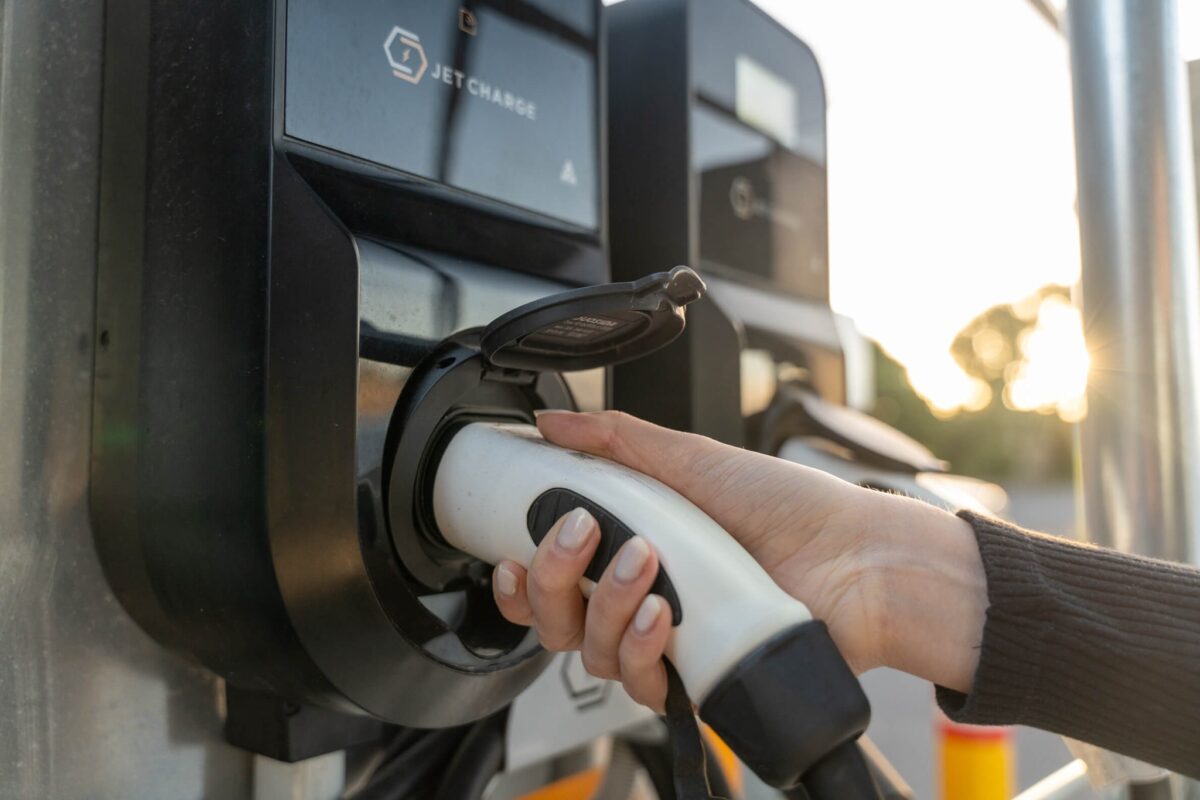
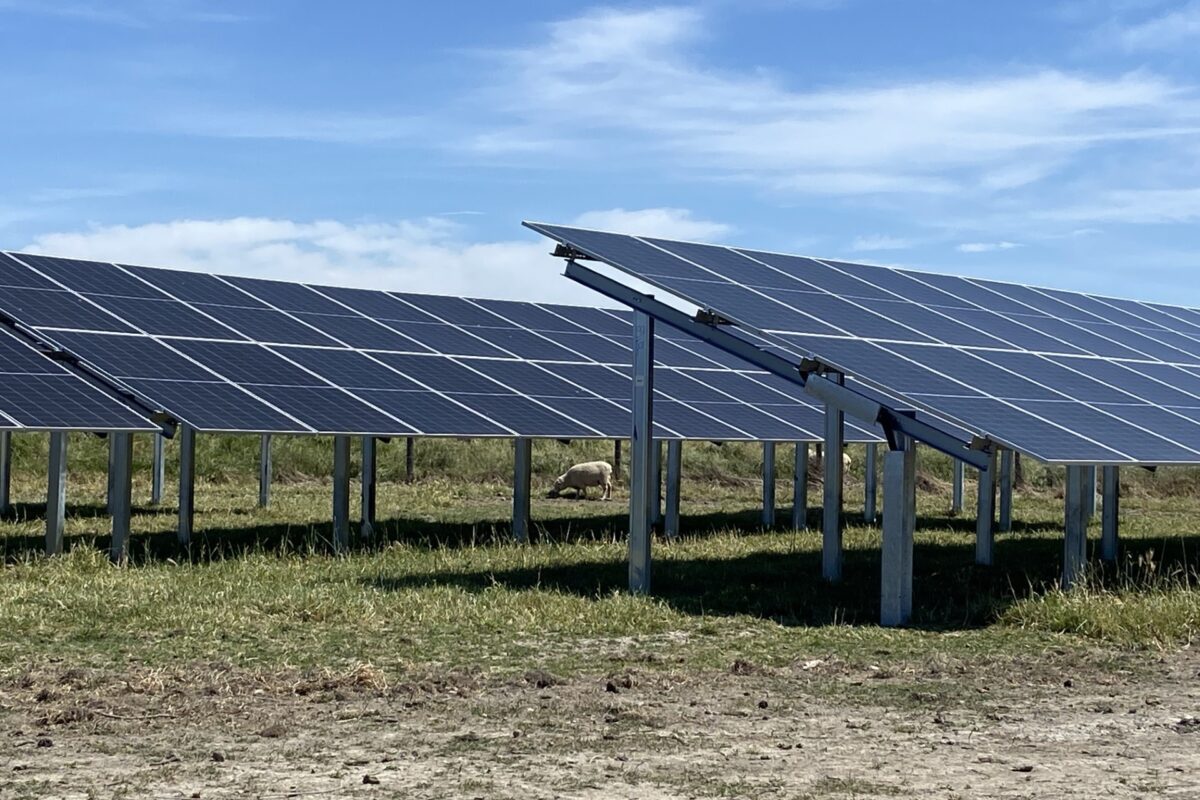


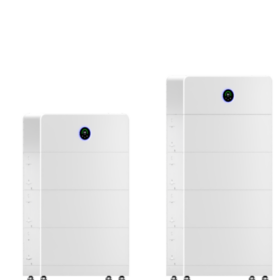
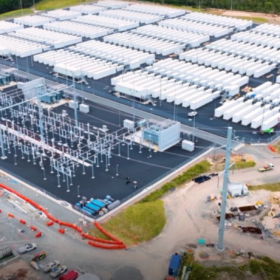
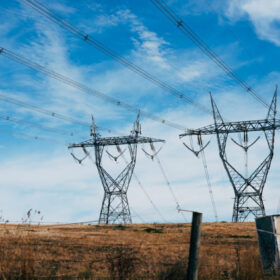
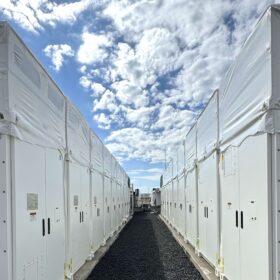
It is not V2G, about which, people should be concerned, for the future – it is V2H.
Whilst V2G may incorporate V2H, it is V2H, that would (or, should) be able to provide emergency power for households, during grid supply outages, where V2G is problematic (“let’s fry some grid supply restoration workers…”).
So, V2G should be regarded as something completely different to, and, NOT prioritised to the same extent as V2H.
Otherwise it becomes like the malignant condition imposed by the fraudulent WA state government household battery subsidy – “If you want access to our battery subsidy, that we reduced after we fooled you into voting for us, then you have to give us unrestricted access to the battery system for which, we paid now, only a tokenly small amount that we conned you into believing that we would pay what we said we would pay, so that we take over the complete and unfettered use of the battery system for which YOU paid – we seize total control of your BESS, BECAUSE WE CAN!”.
So, the priority and sole concern, should be V2H (and, V2L), not V2G.
V2G is simply giving YOUR expensive, Battery Electric Vehicle, to malignant grid operators.